Introduction
Welcome to the definitive guide on Cockatoo Yankton challenges and how to address them. If you’re a bird enthusiast in the Yankton area of South Dakota or simply interested in cockatoos, you’ve likely heard rumors about the difficulties these magnificent birds can present. The Cockatoo Yankton phenomenon has gained attention among avian enthusiasts nationwide, with many potential owners wondering if the “Cockatoo Yankton nightmare” is fact or fiction.
Cockatoos are among the most charismatic and intelligent bird species available as pets, but they come with significant responsibilities and potential challenges. In this comprehensive guide, we’ll explore the seven major red flags associated with Cockatoo Yankton ownership, helping you make an informed decision about whether these beautiful birds are right for your home and lifestyle.
Understanding the Cockatoo Yankton Connection
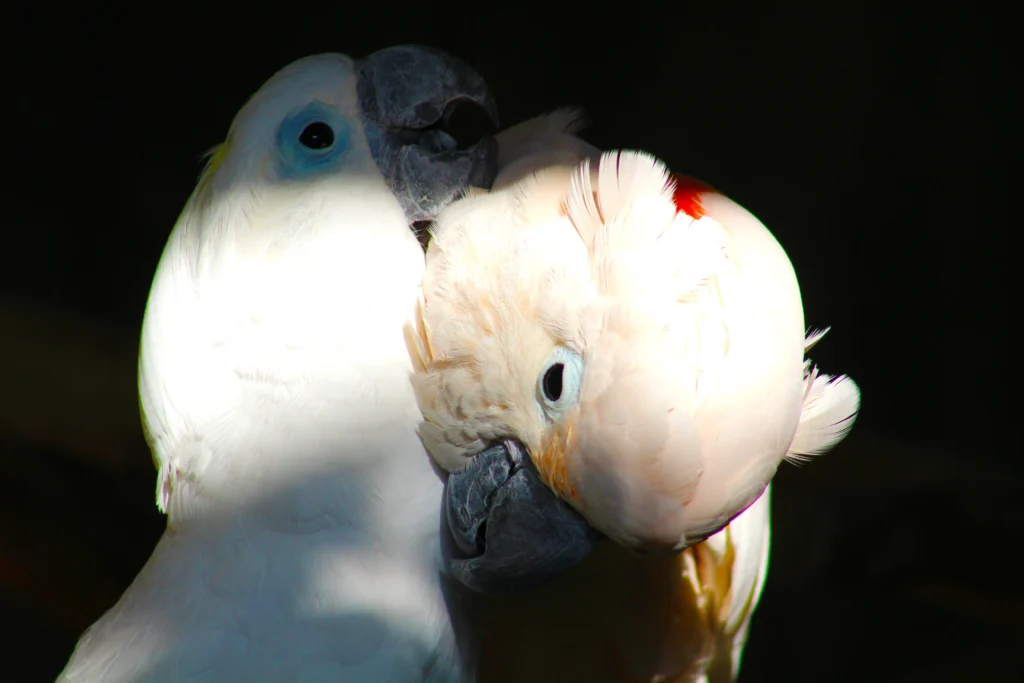
Before diving into potential problems, let’s clarify what we mean by “Cockatoo Yankton.” This term typically refers to cockatoos kept as pets in the Yankton, South Dakota region, though it has expanded to describe cockatoo ownership challenges more broadly across the Midwest. With Yankton’s growing community of exotic bird enthusiasts, Cockatoo Yankton ownership has increased substantially in recent years.
The Cockatoo Yankton phenomenon involves birds native to Australia, Indonesia, and surrounding Pacific islands that find themselves far from their natural habitat in the climate of South Dakota. This geographical disconnect creates unique challenges for Cockatoo Yankton owners who must provide appropriate care in an environment that differs dramatically from these birds’ natural homes. If you’re interested in learning about other exotic birds that adapt better to North American climates, check out our complete guide to pet birds for beginners.
Red Flag #1: Excessive Noise Levels in Cockatoo Yankton Birds
Perhaps the most common complaint associated with Cockatoo Yankton ownership involves noise levels. Cockatoo Yankton birds are naturally vocal, using loud calls to communicate across vast distances in their native habitats. This natural behavior doesn’t disappear in captivity, and a Cockatoo Yankton can reach decibel levels comparable to a jackhammer.
Many new owners are unprepared for the consistent, piercing screams a Cockatoo Yankton can produce, particularly during dawn and dusk when these birds are most active. In Yankton’s residential neighborhoods, this has led to numerous noise complaints and even ordinance issues for some owners. For more information on managing noisy pets in residential areas, see our article on dealing with noise complaints for bird owners.
To manage Cockatoo Yankton vocalizations:
- Establish consistent daily routines
- Provide ample mental stimulation through toys and interaction
- Consider sound-dampening room treatments
- Never reinforce screaming with attention
- Teach alternative, quieter communication methods
Remember that vocalizing is natural for Cockatoo Yankton birds, and expecting complete silence is unrealistic. Before bringing a Cockatoo Yankton into your home, honestly assess your noise tolerance and living situation.
Red Flag #2: Destructive Behavior and Home Damage from Cockatoo Yankton Birds

The powerful beak of a Cockatoo Yankton evolved to crack open tough nuts and strip bark from trees. In the Cockatoo Yankton scenario, this translates to potential destruction throughout your home. Cockatoo Yankton birds can demolish furniture, door frames, baseboards, and virtually anything made of wood within reach.
Additionally, Cockatoo Yankton owners report damaged electrical cords, destroyed books, shredded wallpaper, and even structural damage to their homes. This destructive tendency isn’t malicious but represents natural foraging and exploration behaviors inherent to Cockatoo Yankton birds. Learn how to create a bird-safe home environment with our comprehensive bird-proofing guide for your home.
To minimize destructive behavior in your Cockatoo Yankton:
- Provide appropriate chewing toys made specifically for cockatoos
- Rotate toys regularly to maintain interest
- Use bird-safe woods and branches for natural chewing outlets
- Bird-proof rooms where your Cockatoo Yankton spends time unsupervised
- Create a designated “destruction zone” with appropriate materials
The destructive capacity of a Cockatoo Yankton should not be underestimated, and potential owners should be prepared for some level of household damage despite best prevention efforts. For DIY toy ideas that can help redirect destructive behavior, visit our homemade bird toy tutorials.
Red Flag #3: Significant Time Commitment for Cockatoo Yankton Care
The Cockatoo Yankton experience demands extensive time commitment, which many new owners underestimate. These highly social birds require daily interaction, mental stimulation, and emotional connection. A Cockatoo Yankton left alone for long periods will likely develop behavioral problems including excessive screaming, feather plucking, and other self-destructive behaviors.
Cockatoo Yankton specialists recommend at least 3-4 hours of direct interaction daily, plus additional time for cage cleaning, food preparation, training, and enrichment activities. This time commitment spans the bird’s entire life, which can exceed 60-80 years for many Cockatoo Yankton species. For more on managing time with demanding pets, read our article about balancing pet care with a busy lifestyle.
Questions to ask yourself before committing to Cockatoo Yankton ownership:
- Can you reliably dedicate several hours each day to bird interaction?
- What happens during vacations, work trips, or family emergencies?
- Do you have backup caregivers familiar with Cockatoo Yankton needs?
- Is your schedule flexible enough to accommodate a sensitive bird’s requirements?
- Are you prepared for a multi-decade commitment to your Cockatoo Yankton?
The time demands of proper Cockatoo Yankton care often lead to owner burnout and, unfortunately, bird surrender or neglect.
Red Flag #4: Health Concerns and Veterinary Costs for Cockatoo Yankton Birds
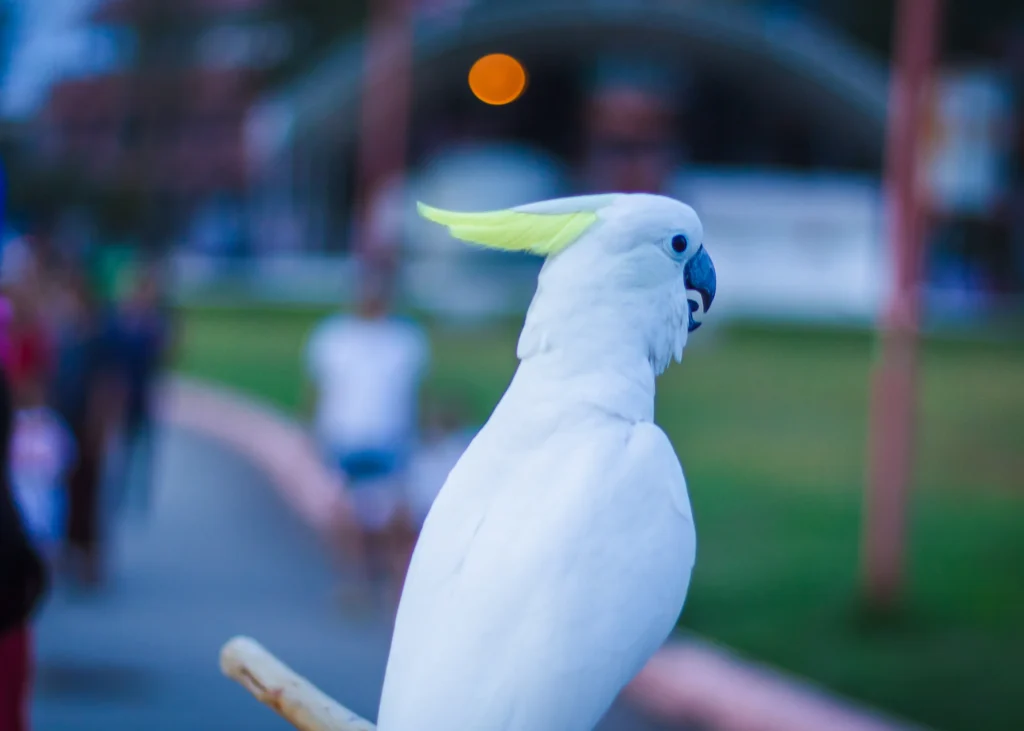
Cockatoo Yankton health management presents another significant challenge. Veterinary care for exotic birds is specialized and can be both expensive and difficult to find in areas like Yankton. Common health issues for Cockatoo Yankton birds include:
- Respiratory infections from improper humidity levels
- Nutritional deficiencies leading to feather problems
- Bacterial and fungal infections
- Psittacine beak and feather disease
- Aspergillosis
- Vitamin A deficiency
- Fatty liver disease
- Egg binding in female Cockatoo Yankton birds
- Self-mutilation behaviors
Regular veterinary checks for a Cockatoo Yankton typically cost $100-300 per visit, with medical treatments potentially running into thousands for serious conditions. Additionally, Yankton and surrounding areas have limited avian veterinary specialists, often requiring long travel for proper Cockatoo Yankton care. For a detailed overview of bird health issues, refer to our complete guide to avian health concerns.
Before bringing home a Cockatoo Yankton, research:
- Availability of avian veterinarians within reasonable distance
- Emergency exotic pet care options for Cockatoo Yankton emergencies
- Typical costs for common Cockatoo Yankton procedures
- Insurance options for exotic pets like Cockatoo Yankton birds
Creating a veterinary savings fund is strongly recommended for all Cockatoo Yankton owners. Get tips on budgeting for exotic pet care in our pet healthcare financial planning guide.
Red Flag #5: Dietary Complexity and Nutritional Management for Cockatoo Yankton Birds
Proper nutrition for a Cockatoo Yankton requires knowledge, preparation time, and consistent diligence. Many health problems in captive Cockatoo Yankton birds stem from inadequate diet. Unlike dogs or cats with relatively standardized nutritional needs, Cockatoo Yankton birds require a varied diet including:
- High-quality pellet base (50-60% of diet)
- Fresh vegetables and leafy greens
- Limited fresh fruits
- Occasional nuts and seeds (as treats, not dietary staples)
- Specific calcium sources
- Avoiding toxic foods (avocado, chocolate, alcohol, caffeine)
The Cockatoo Yankton diet needs change seasonally and throughout the bird’s life stages. Preparation time for fresh foods, cleaning of food dishes, and monitoring consumption patterns add to the daily time commitment. For seasonal feeding guidelines, check out our seasonal nutrition guide for pet birds.
Common dietary mistakes in Cockatoo Yankton care include:
- Seed-heavy diets leading to fatty liver disease
- Excessive fruit causing blood sugar issues
- Inadequate calcium leading to egg-laying problems
- Insufficient variety causing nutrient deficiencies
- Improper food storage risking bacterial contamination
Developing a proper feeding regimen requires research, veterinary guidance, and observation of your individual Cockatoo-Yankton bird’s needs and preferences. For a comprehensive meal planning guide for cockatoos, visit our cockatoo diet planner with recipes.
Red Flag #6: Space Requirements and Environmental Controls for Cockatoo Yankton Birds
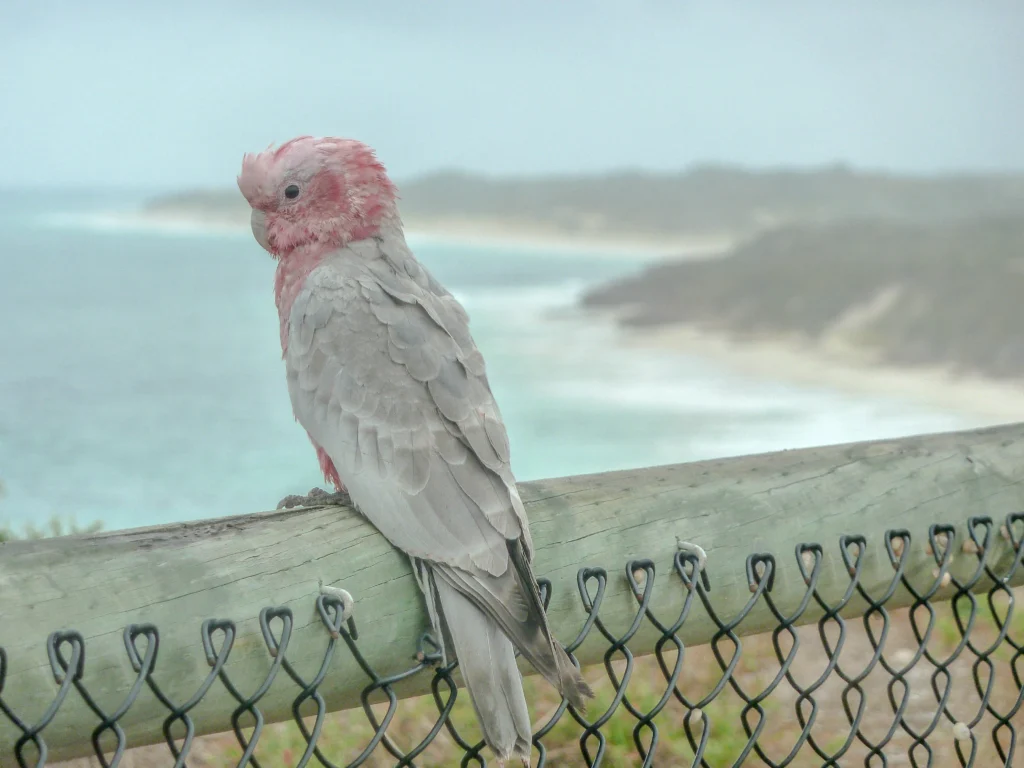
The spatial needs of a Cockatoo-Yankton exceed what many potential owners anticipate. These large birds require:
- A primary cage with minimum dimensions of 36″W x 24″D x 48″H (larger is better)
- Out-of-cage play areas with appropriate perches and toys
- Safe flying space for exercise
- Separation from household hazards (cooking areas, ceiling fans)
- Protected socialization spaces
Additionally, environmental control presents challenges in the Yankton climate. Cockatoo Yankton birds evolved in tropical and subtropical environments, making South Dakota’s seasonal extremes potentially problematic. Cockatoo Yankton owners must maintain:
- Appropriate temperature ranges (65-85°F ideal)
- Humidity levels (50-60% recommended)
- Air quality (free from drafts, smoke, and chemical fumes)
- Natural light exposure without overheating
- Protection from temperature fluctuations
These requirements often necessitate home modifications including humidifiers, air purifiers, special lighting, and dedicated bird rooms—all representing additional investment beyond the initial cost of the Cockatoo-Yankton itself. For detailed cage setup recommendations, see our ultimate bird cage setup guide.
Red Flag #7: Social and Emotional Complexity of Cockatoo-Yankton Birds
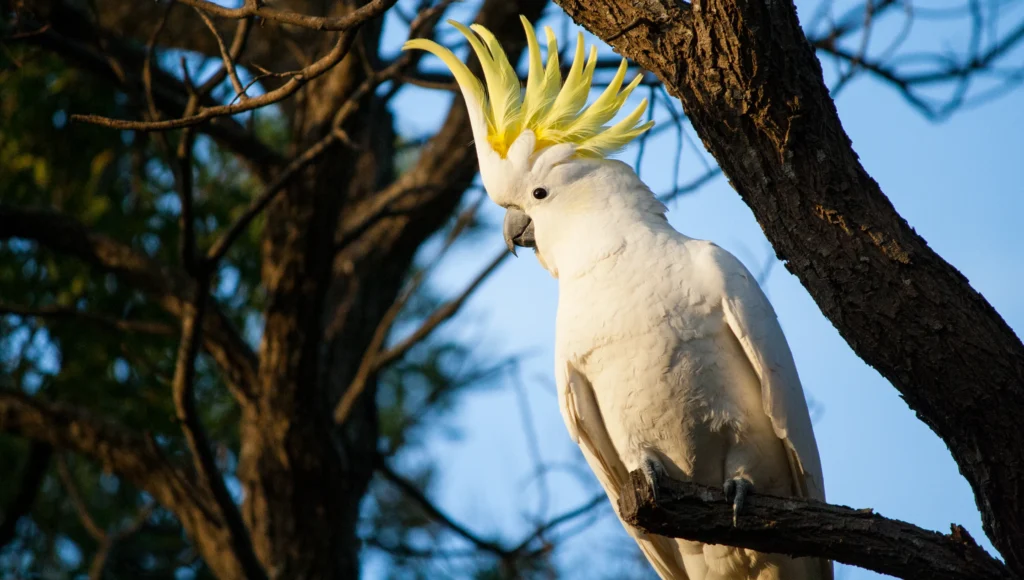
Perhaps the most challenging aspect of Cockatoo -ankton ownership involves these birds’ complex social and emotional needs. Cockatoo-Yankton birds are highly intelligent, emotionally sensitive creatures that form intense bonds with their caregivers. This creates several potential problems:
Mate Bonding and Jealousy in Cockatoo-Yankton Birds
Cockatoo-Yankton birds often view their primary caregiver as a mate, leading to possessive behaviors and jealousy toward other family members or visitors. This Cockatoo-Yankton phenomenon can result in:
- Aggressive behaviors toward perceived “rivals”
- Screaming when the bonded person interacts with others
- Biting or lunging at spouses, children, or friends
- Stress reactions when separated from the preferred person
Learn more about addressing these behaviors in our article about managing mate-bonding behaviors in pet birds.
Hormonal Behaviors in Cockatoo-Yankton Birds
Mature Cockatoo-Yankton specimens commonly display hormonal behaviors including:
- Regurgitation toward favorite people or objects
- Territorial aggression
- Nest-building activities with household materials
- Increased vocalization during breeding seasons
- Paper shredding and cavity-seeking behaviors
For seasonal hormonal management strategies, check out our guide on reducing hormonal behaviors in pet birds.
Emotional Sensitivity of Cockatoo-Yankton Birds
Cockatoo-Yankton birds require emotional stability and consistency, reacting poorly to:
- Household tension or arguments
- Changes in routine or environment
- Perceived rejection or decreased attention
- Inconsistent handling or training approaches
The emotional intelligence that makes Cockatoo-Yankton birds fascinating companions also creates vulnerability to psychological issues including feather destructive behaviors, stereotypic movements, and self-harm when their emotional needs aren’t met. Find expert advice on preventing and addressing these issues in our bird mental health guide.
Making an Informed Decision About Cockatoo-Yankton Ownership
After reviewing these seven red flags, you might wonder if Cockatoo-Yankton ownership is worth the challenges. The answer depends entirely on your specific circumstances, expectations, and commitment level.
For those with appropriate resources, knowledge, space, time, and emotional capacity, a Cockatoo Yankton can become an extraordinary companion offering decades of interaction, affection, and fascination. Many dedicated owners find the challenges well worth the remarkable relationship that develops with these intelligent birds.
However, Cockatoo-Yankton birds are not suitable pets for most households. Before pursuing Cockatoo-Yankton ownership, consider these alternatives:
- Volunteer at a bird sanctuary or rescue to gain hands-on experience
- Foster a Cockatoo-Yankton temporarily through a rescue organization
- Visit established Cockatoo-Yankton owners to understand daily realities
- Consider beginning with less demanding bird species
- Support Cockatoo-Yankton conservation efforts instead of ownership
For easier alternatives to Cockatoo-Yankton birds, explore our beginner-friendly bird species guide.
Resources for Potential and Current Cockatoo-Yankton Owners
For those proceeding with Cockatoo-Yankton ownership, these resources provide valuable guidance:
- World Parrot Trust – Conservation information and care guides
- BirdTricks – Training resources and nutritional guidance
- Avian Avenue – Owner forums and community support
- Association of Avian Veterinarians – Find qualified bird veterinarians
- Cockatoo Sanctuary – Rescue and rehabilitation information
Additionally, our website PetsMemes.com offers articles on proper cockatoo nutrition, behavioral training techniques, and enrichment ideas specifically designed for Cockatoo-Yankton owners. Don’t miss our complete cockatoo care checklist for new owners.
Conclusion: Is the Cockatoo-Yankton Nightmare Real?
The “Cockatoo-Yankton nightmare” isn’t inevitable, but the challenges described are very real possibilities without proper preparation, education, and commitment. These magnificent birds deserve owners who fully understand and can meet their complex needs throughout their long lives.
Before bringing a Cockatoo-Yankton into your home, honestly assess your ability to provide:
- Consistent daily time for interaction and care
- Financial resources for proper housing, diet, and veterinary care
- Emotional stability and patience
- Long-term commitment spanning decades
- Tolerance for noise, mess, and some level of destruction
- Flexibility in lifestyle and living arrangements
If you’re prepared for these challenges, a Cockatoo-Yankton can become an extraordinary companion. If not, the most responsible choice is to admire these remarkable birds from a distance while supporting conservation efforts to protect wild cockatoo populations.
Remember that every Cockatoo-Yankton deserves a forever home with knowledgeable, prepared caregivers committed to meeting their needs for their entire lifespan. By making an informed decision based on facts rather than impulse, you help ensure better outcomes for these sensitive, intelligent birds.
For more information about cockatoos and other exotic pets, visit our complete exotic bird care guide or contact local Cockatoo-Yankton specialists through avian veterinary offices and bird clubs in South Dakota and surrounding states. If you’re considering a Cockatoo-Yankton, also read our cockatoo species comparison guide to find the best match for your lifestyle.
FAQs About Cockatoo-Yankton Challenges
Q: How much does Cockatoo-Yankton ownership typically cost annually? A: Expect to spend $2,000-5,000 annually on quality food, toys, cage maintenance, and routine veterinary care for your Cockatoo-Yankton, with additional expenses for emergencies or special needs. For a detailed breakdown, see our exotic bird ownership cost calculator.
Q: Can Cockatoo-Yankton birds be kept with other pets? A: While possible with careful introduction and supervision, Cockatoo Yankton birds can be territorial and may not coexist peacefully with other birds or pets. Each situation requires individual assessment. Learn more in our guide about introducing birds to other household pets.
Q: Do Cockatoo-Yankton specimens talk as well as African Grey parrots? A: Many Cockatoo-Yankton birds can learn words and phrases, but they typically don’t develop the extensive vocabularies or conversational abilities of African Greys. Their vocalizations more commonly include natural calls and mimicked household sounds. Compare talking abilities in our talking bird species guide.
Q: How can I find a reputable Cockatoo-Yankton breeder or rescue? A: Research breeders through avian veterinarian recommendations, visit facilities in person, check references, and consider adoption through established rescue organizations that provide health history and behavioral assessment of Cockatoo Yankton birds. See our guide to adopting rescue birds for more information.
Q: What’s the best first cockatoo species for Yankton residents? A: Goffin’s cockatoos are generally considered the most suitable “starter” Cockatoo Yankton due to their smaller size and somewhat less demanding nature, though they still require significant commitment and knowledge. Learn about different Cockatoo Yankton species in our cockatoo breed comparison guide.
Remember that every Cockatoo Yankton has individual personality traits and needs beyond general species characteristics. Taking time to meet and interact with different birds before making a commitment is essential for successful matching between bird and owner. For personalized advice, check out our bird-owner compatibility quiz.


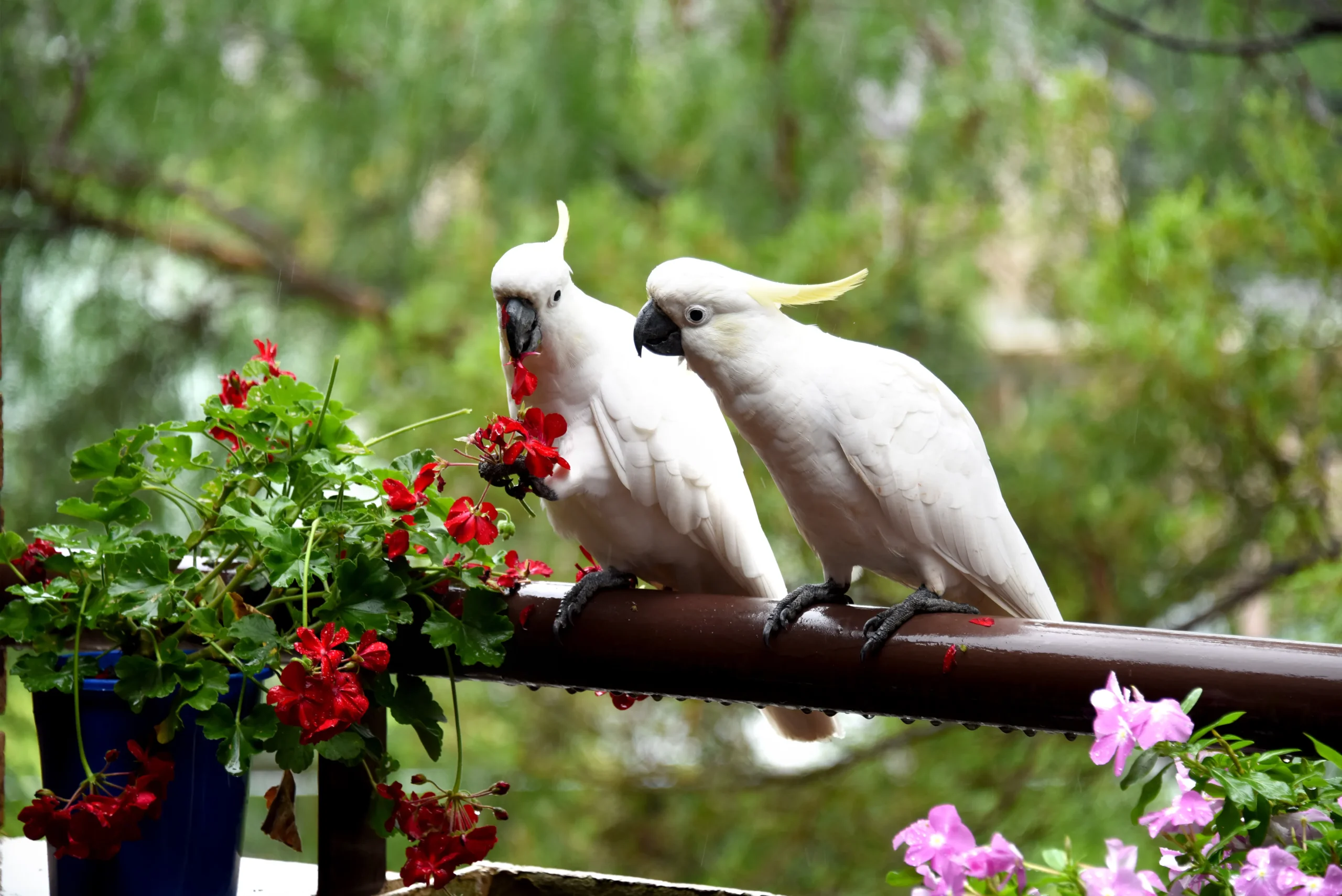
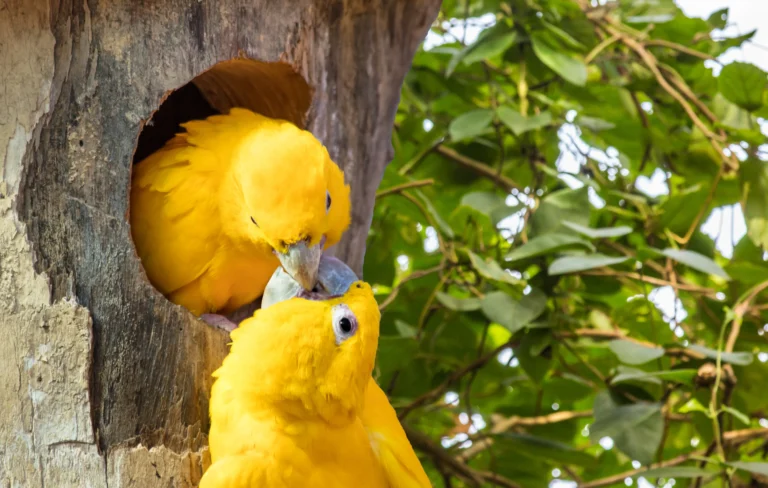

Leave a Comment